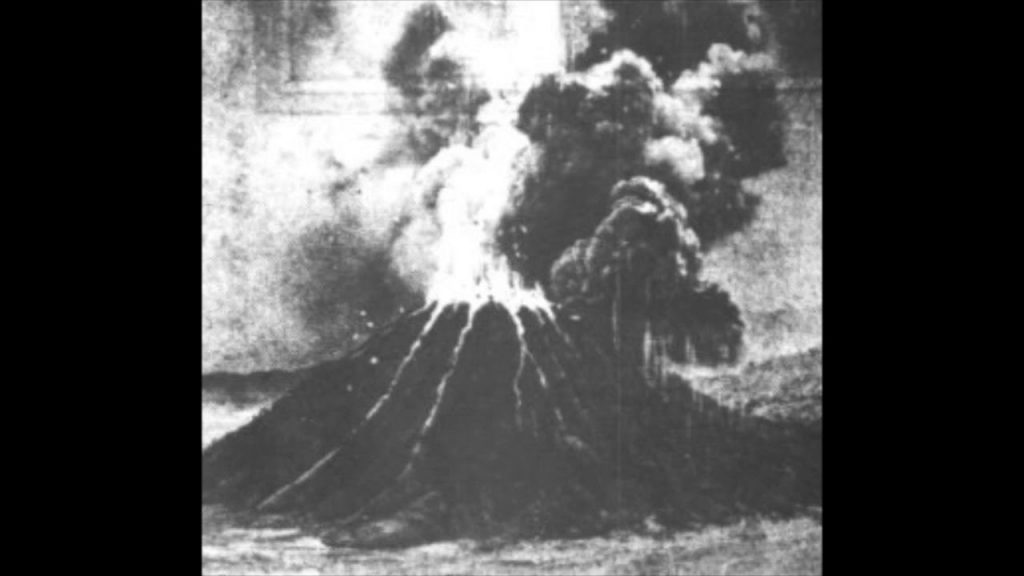
What was the loudest sound in the world? A volcanic eruption produced the most powerful noise worldwide.
The sound of the Krakatoa eruption in 1883 caused shock waves 10,000 times more powerful than that of an hydrogen bomb and shattered the eardrums of sailors over almost 40 miles away.
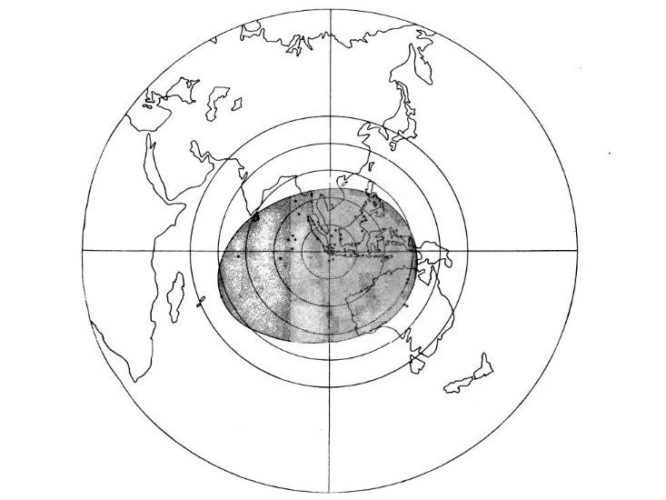
The loudest noise in history was produced by the Krakatoa volcanic eruption on August 27, 1883. The Krakatoa’s explosion registered 172 decibels at 100 miles from the source.
Residents of New Guinea and Western Australia (3,200 km or 1,300 miles away) reported hearing “a series of loud booms, resembling those of artillery in a north-westerly direction.”
Locals on the island of Rodrigues (4,800 km or 3000 miles away) reported hearing what sounded to them like the distant roar of heavy gun fire.
In overall, the sound of the Krakatoa volcanic eruption has been heard by people across 50 different geological locations around the world.
Completely Crazy
Now, take your breath listen to the noise in the video below and think, for a moment, just how crazy this mega eruption sounded like:
As Nautilus explains:
“If you’re in Boston and someone tells you that they heard a sound coming from New York City, you’re probably going to give them a funny look. But Boston is a mere 200 miles from New York.
“What we’re talking about here is like being in Boston and clearly hearing a noise coming from Dublin, Ireland. Travelling at the speed of sound (766 miles or 1,233 kilometers per hour), it takes a noise about 4 hours to cover that distance.
“This is the most distant sound that has ever been heard in recorded history.“
The Day Of Judgement Has Come
The British ship Norham Castle was 40 miles from Krakatoa at the time of the explosion.
The ship’s captain wrote in his log, “So violent are the explosions that the eardrums of over half my crew have been shattered. My last thoughts are with my dear wife. I am convinced that the Day of Judgement has come.”
The Krakatoa Eruption
The Krakatoa volcano erupted on August 27, 1883 with a force so great that it tore its island apart, emitting a plume of smoke that reached 17 miles into the atmosphere.
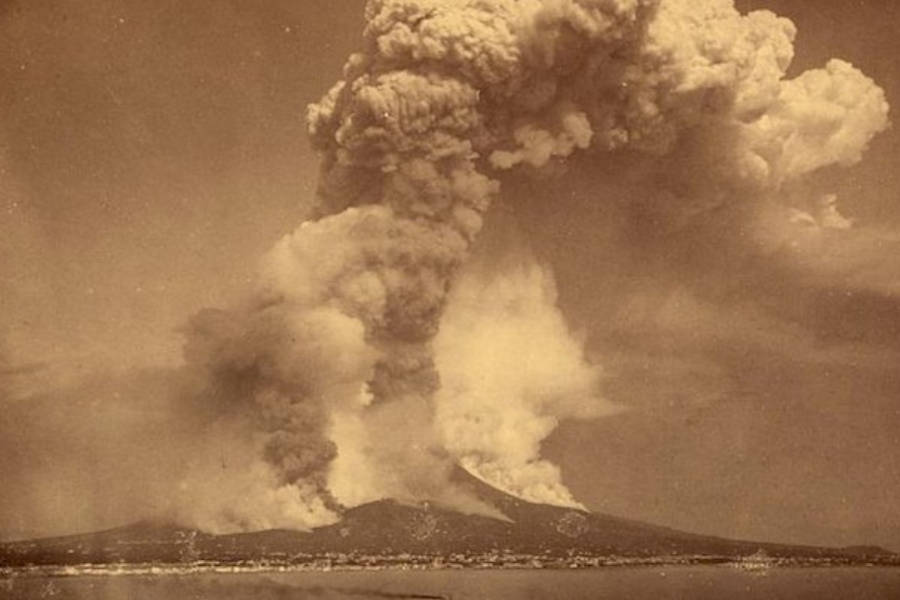
This explosion created a deadly tsunami with waves over a hundred feet (30 meters) in height, which ended up decimating 160 villages and settlements along the shores of Java and Sumatra in Indonesia.
In all, the Dutch – colonial rulers of Indonesia at the time – estimated the death toll at 36,417, while other estimates exceed 120,000.
The last Krakatoa eruption has been called the greatest natural disaster of the 19th century. Shock waves from the eruption travelled around the world several times, and created a tsunami over 45 metres tall. The force of the blast was 10,000 times that of a hydrogen bomb.
It’s probably not as impressive but it’s a must: Impressive video of the Tavurvur volcano eruption and shock wave!

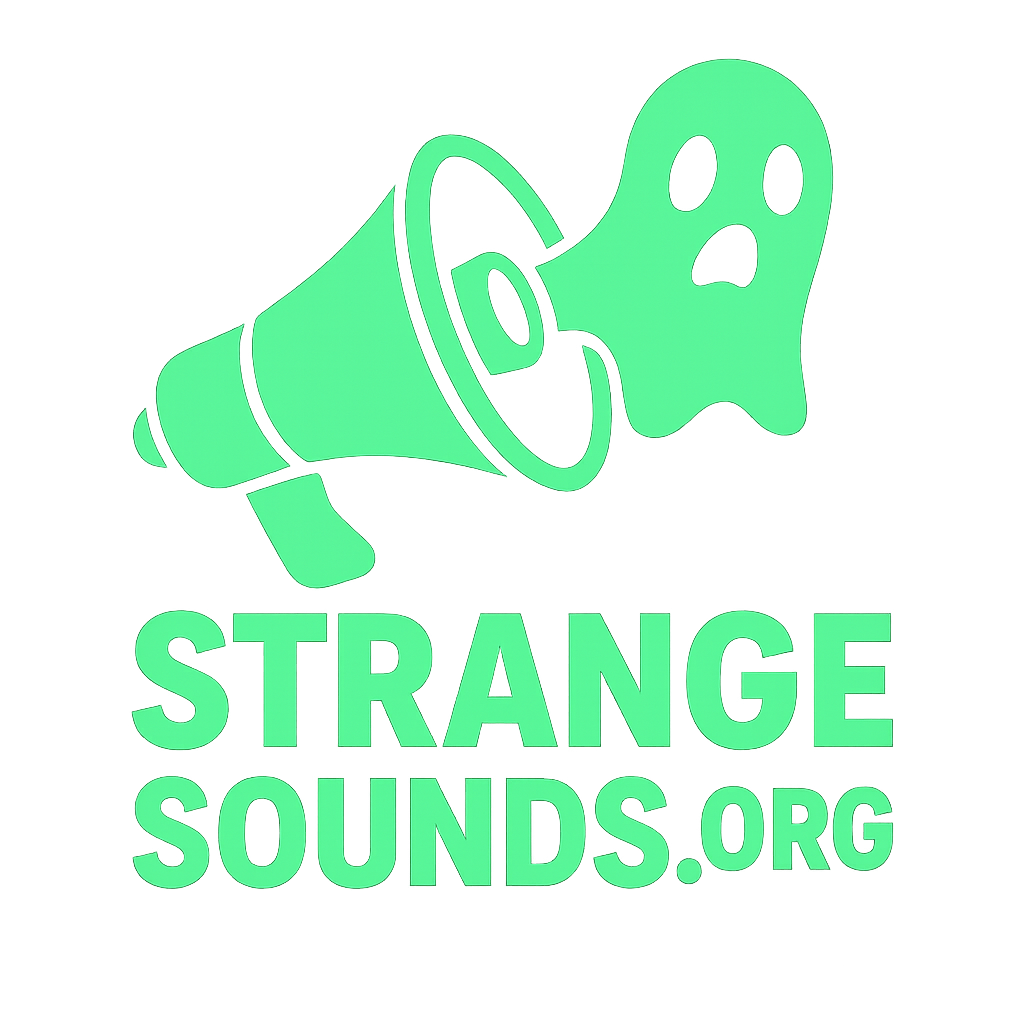


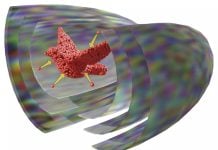

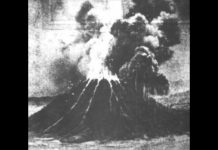



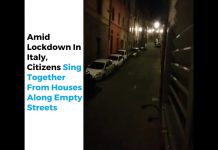
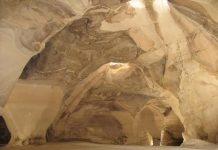

THERE is a volcano outside MEXICO CITY,popocatepetl.ITS going to erupt soon,and it will kill most of the people in mexico city,TWO weeks later there will be a 9.2 in olympia ,washington,THATS GODS FINAL WARNING TO CALIFORNIA,the next day california will have a 25.6 earthquake ..and the state will go into the Pacific Ocean,THATS what happens to people who love to kill our FATHERS CHILDREN…THEN the rest of america will see endless destruction,till america has been completely destroyed,keep killing children you fools,find out where your going when it ends…
Hope you are right. With all that is going on, I fear if the Lord God Jehovah does not intervene soon, He will owe Sodom and Gomorrah an apology.
The term “decibels” was not invented until 1928, so when the author says that Krakatoa emitted an explosion at 172 decibels. it is a lie. The mechanism they used was very unreliable before Bell Labs gave it the name “Decibels” and created a much more reliable and sophisticated mechanism to measure sound intensity.
I also don’t buy into the idea that sailors had their ear drums blown out over 40 miles away.
Krakatoa was a fire cracker compared to the last explosion of the Yellowstone caldera which happens about every 600,000 to 1.2million years. We can estimate with some degree of accuracy how loud a sound was by how far away it was heard. 600,000 to 1.2 million years in terms of a human lifetime is enormous but in earth time it’s only yesterday. The point of remembering things like this is to put our existence into perspective. Something recognizable as human has been schlepping this pebble for about 200-300 thousand years depending on whose numbers you believe. The average species lasts about 400,000 years. What are our chances of being an average species not good I would say. That’s right the planet’s staying we’re leaving & we are certainly no threat to its existence. Even the worst thing we could do all out nuclear war wouldn’t even be a footnote in the history of this planet. People who think the planet needs them to save it are psychotic and delusional.
I would submit that the meteor that took out the dinosaurs was probably louder
[…] clouds first appeared in the 19th century after the eruption of super-volcano Krakatoa. At the time, people thought NLCs were caused by the eruption, but long after Krakatoa’s ash […]
[…] an eruption sequence at Alaska’s Redoubt Volcano and found what they describe as audible ‘screams’ that followed seismic activity as the changed from steady pulses to rapid […]